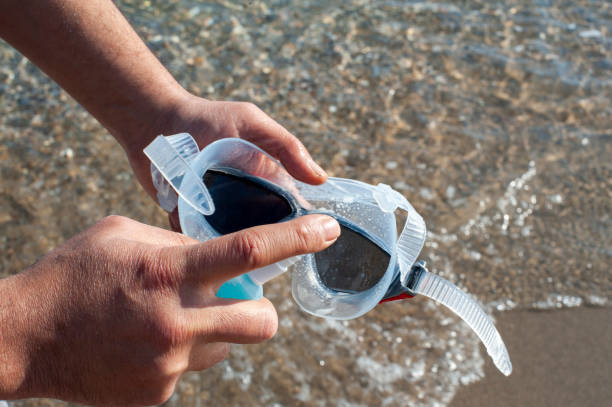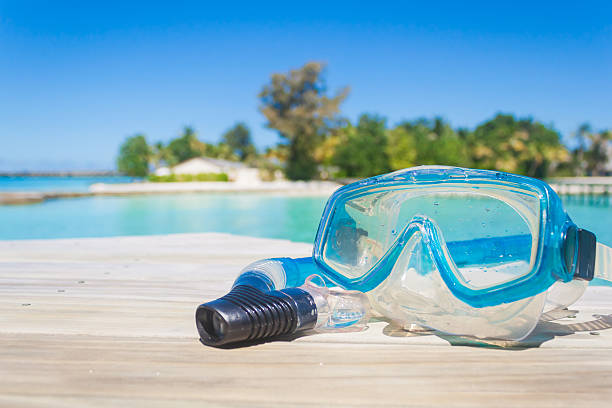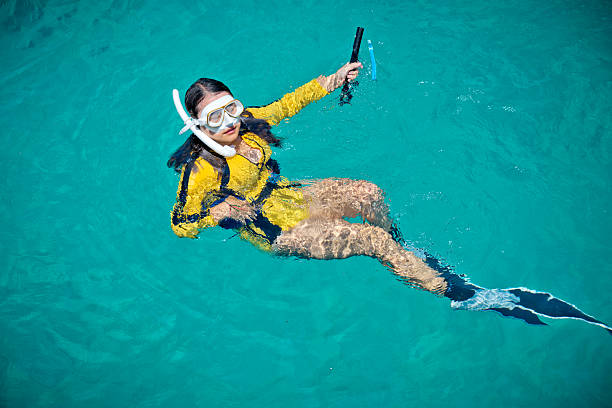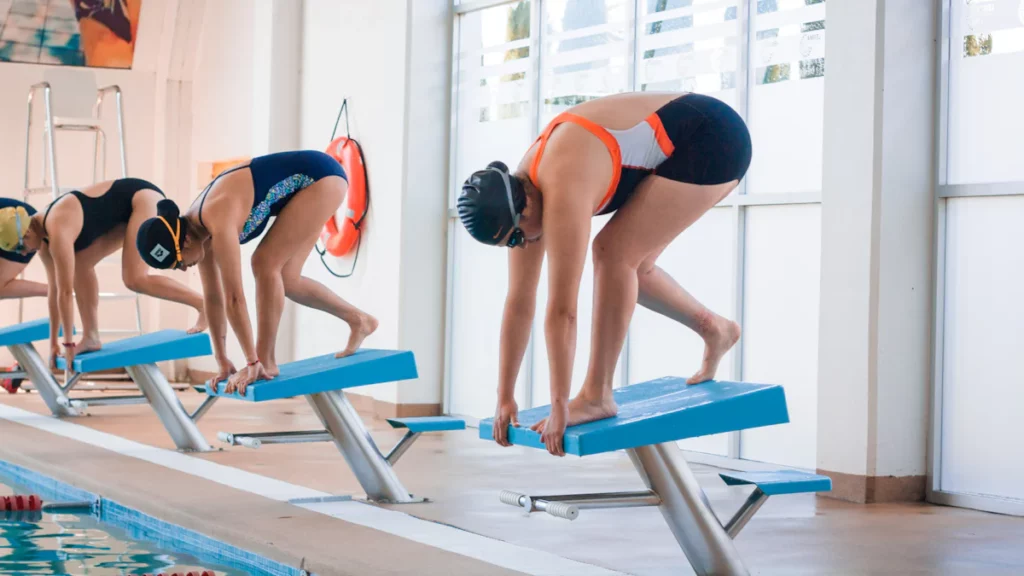
Fonte dell'immagine: Pexels
Quando si usa una tavoletta per nuotare, si apre un mondo di possibilità. Questo blog si propone di approfondire le potenzialità di questo strumento acquatico, esplorandone vantaggi e svantaggi.
Dall'aumento della forza nelle gambe ai potenziali infortuni, esploreremo le acque dell'uso di una tavoletta per il nuoto. Unitevi a noi per scoprire le sfumature di questo accessorio per il nuoto e per scoprire come può influenzare il vostro percorso acquatico.
Vantaggi dell'utilizzo di una tavoletta
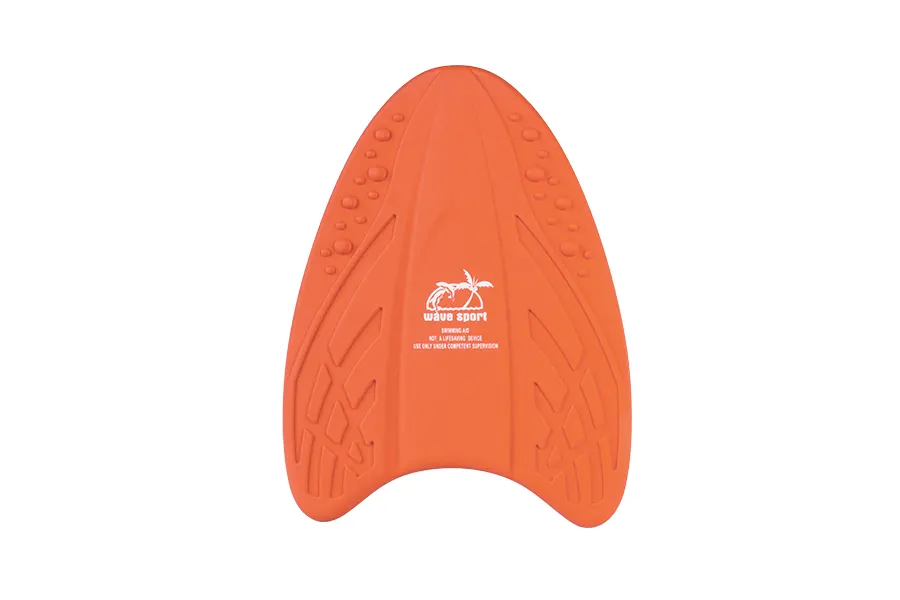
Migliora la forza delle gambe
Tavole da surf sono uno strumento prezioso per migliorare la forza delle gambe nei nuotatori.
Isolando le gambe, non solo sviluppi la forza, ma sviluppi anche resistenza e potenza esplosiva. Il risultato? Una performance di nuoto a corpo libero che lascerà tutti senza fiato. Quindi prendi una tavoletta e nuota per ottenere vasche più veloci.
Migliora la tecnica
Le tavolette sono la tua arma segreta per padroneggiare l'arte del calcio.
Isolando i movimenti delle gambe, ti permettono di concentrarti sulla tecnica, aiutandoti a scolpire una bracciata più potente ed efficiente. Non si tratta solo di forza nelle gambe: si tratta di mettere a punto il motore che alimenta l'intera nuotata. Con ogni gambata, stai costruendo le basi per una bracciata complessivamente più fluida e veloce.
Fornisce galleggiabilità
Uno dei principali vantaggi dell'uso della tavoletta per nuotare è la galleggiabilità che offre.
Le tavolette sostengono la parte superiore del corpo, mantenendola a galla durante il nuoto. Permettono inoltre di fare brevi pause durante gli allenamenti più intensi, favorendo una maggiore resistenza e resistenza in acqua.
Contro dell'utilizzo di una tavoletta

Potenziali lesioni
Problemi alla spalla
Attenzione alla trappola della tavoletta: sebbene sia ottima per allenare le gambe, questa tavoletta in schiuma può rivelarsi un sabotatore per le spalle.
Il movimento ripetitivo e la posizione fissa delle braccia possono affaticare le spalle, causando dolori o infortuni. Per mantenere le spalle in forma, concentrati sulla tecnica corretta e varia la tua routine. Ricorda, un allenamento di nuoto equilibrato è fondamentale per evitare infortuni a lungo termine.
Distorsione alla schiena e al collo
Un altro svantaggio dell'uso della tavoletta per nuotare è la possibilità di provocare stiramenti alla schiena e al collo.
Una posizione scorretta del corpo mentre si è aggrappati alla tavoletta può causare inutili sollecitazioni ai muscoli della schiena e del collo. Per prevenire gli strappi, è importante mantenere un allineamento neutro della colonna vertebrale ed evitare di inarcare eccessivamente la schiena durante gli allenamenti con la tavoletta.
Problemi tecnici
Posizione del corpo sciatta
Uno dei problemi più comuni tra i nuotatori che utilizzano la tavoletta per nuotare è l'assunzione di una posizione del corpo scorretta.
Aggrapparsi alla tavoletta può portare a un allineamento scorretto del corpo, compromettendo la postura generale durante il nuoto. Concentratevi sul coinvolgimento dei muscoli del core e sul mantenimento della forma del corpo per migliorare la tecnica.
Stile di calcio diverso
A volte usare una tavoletta può portare ad adottare uno stile di gambe diverso da quello che si adotta nel nuoto tradizionale.
Questa discrepanza nelle tecniche di battuta di gambe può influire sull'efficienza complessiva della bracciata e sul coinvolgimento muscolare. Prestate attenzione a mantenere uno stile di battuta di gambe coerente nei diversi esercizi di nuoto per migliorare le vostre prestazioni.
Allenamento limitato per la parte superiore del corpo
Trascura i muscoli del braccio
Sebbene le tavolette siano utili per rafforzare la parte inferiore del corpo, spesso trascurano il coinvolgimento dei muscoli delle braccia durante gli allenamenti.
Affidarsi esclusivamente alle tavolette può portare a uno sviluppo insufficiente della forza nelle braccia, fondamentale per la propulsione e la coordinazione negli stili di nuoto. Considerate di integrare esercizi aggiuntivi per la parte superiore del corpo nella vostra routine per uno sviluppo muscolare equilibrato.
Esercizio meno completo
Utilizzare esclusivamente una tavoletta può limitare la varietà e la completezza della tua routine di allenamento di nuoto. Per garantire un miglioramento olistico della forma fisica, è essenziale integrare diversi strumenti e tecniche di allenamento che coinvolgono diversi gruppi muscolari e aspetti della prestazione natatoria.
Come usare una tavoletta per nuotare

Tecnica e posizionamento corretti
Allenamento di nuoto con tavoletta: Recinzione per piscina fai da te, esperto di allenamento di nuoto con tavolette, sottolinea l'importanza di una tecnica e di una posizione corrette. Per massimizzare i benefici dell'allenamento, concentrati sul mantenere una posizione del corpo fluida mentre usi la tavoletta. Assicurati che le gambe eseguano movimenti potenti per rafforzare efficacemente i muscoli delle gambe.
Bilanciare l'uso della tavoletta con altri esercizi di nuoto
Integrare gli esercizi con la tavoletta nella tua routine di nuoto può offrire vantaggi unici. Bilanciando l'uso della tavoletta con altri esercizi di nuoto, puoi allenare diversi gruppi muscolari e migliorare le prestazioni complessive.
Per migliorare in modo completo la tua tecnica di nuoto, valuta di alternare esercizi con la tavoletta e stili tradizionali.
Durata e frequenza d'uso consigliate
Considerare la durata e la frequenza d'uso consigliate.
Cerca di includere gli allenamenti con la tavoletta nella tua routine 2-3 volte a settimana per risultati ottimali. Inizia con sessioni più brevi e aumenta gradualmente la durata man mano che sviluppi resistenza e forza nelle gambe.
Alternative alle tavolette
Boe di traino
I pull buoy sono dispositivi di schiuma da posizionare tra le cosce.
Benefici:
- Isola la parte superiore del corpo, consentendo di concentrarsi sulla tecnica e sulla forza del braccio
- Migliora la posizione e la rotazione del corpo
- Aiuta a sviluppare una trazione più forte
Svantaggi:
- Può portare a un eccessivo affidamento sulla parte superiore del corpo
- Non consente la pratica dei calci
Tavole da nuoto contro pull buoy:
Le tavolette sono pensate per migliorare la velocità e la tecnica della gambata, aumentare la resistenza e migliorare le prestazioni complessive nel nuoto.
I pull buoy, d'altro canto, aiutano a isolare i movimenti delle braccia nello stile libero e nel dorso, favorendo un migliore controllo durante il nuoto.
pinne da nuoto
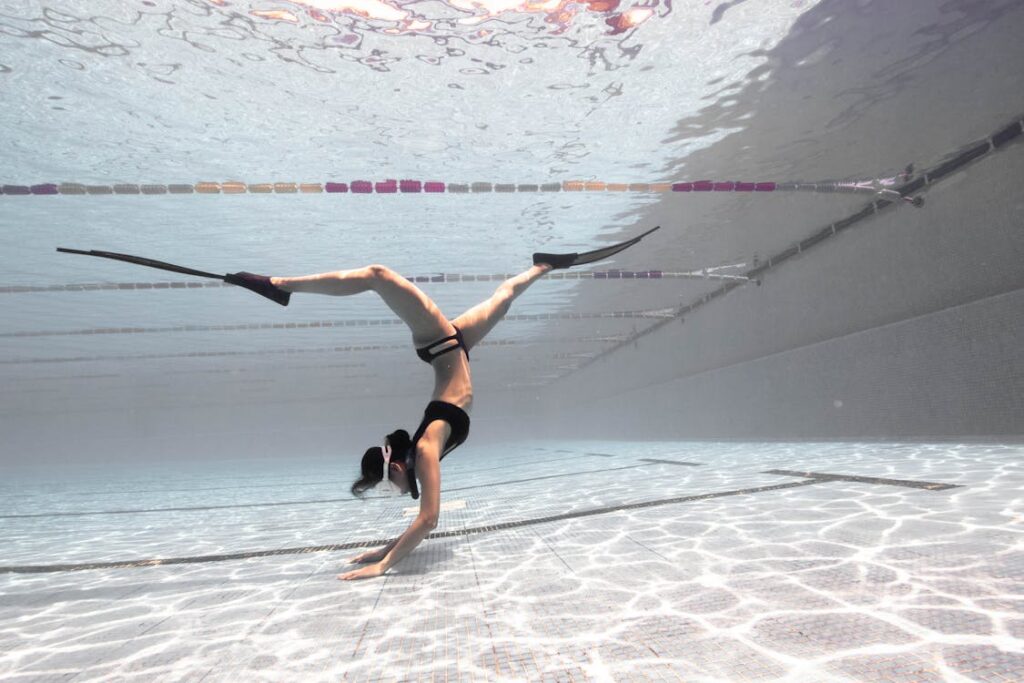
Le pinne da nuoto sono delle ciabatte che si indossano ai piedi.
Benefici:
- Aumenta la forza delle gambe e la flessibilità della caviglia
- Migliora la posizione del corpo e la tecnica del calcio
- Aiuta i nuotatori a percepire il movimento corretto di un calcio efficiente
Svantaggi:
- Può sforzare le caviglie se usato per troppo tempo
- Può portare alla dipendenza dalla propulsione extra
Tavolette contro pinne da nuoto:
Le tavolette garantiscono galleggiabilità alla parte superiore del corpo e aiutano nell'apprendimento di nuovi stili di nuoto.
Le pinne sono efficaci per sviluppare meglio i muscoli delle gambe, migliorare l'equilibrio e la respirazione e ridurre il rischio di annegamento.
Pagaie a mano
Le palette per le mani sono dispositivi piatti che si attaccano alle mani per aumentarne la superficie.
Benefici:
- Rafforza braccia e spalle
- Migliora la sensazione dell'acqua e la fase di presa della bracciata
- Aiuta a correggere l'inserimento e il passaggio della mano
Svantaggi:
- Può causare distorsioni alla spalla se usato in modo improprio
- Non consigliato ai principianti o a chi ha problemi alle spalle
Tavole da kickboard contro pagaie a mano:
Le tavolette isolano i movimenti delle gambe nello stile rana e aiutano i nuotatori a concentrarsi sulla tecnica di gambata.
Le palette possono rivelarsi utili per isolare i movimenti delle braccia nei diversi stili di nuoto, migliorando l'efficienza della bracciata e potenziando la propulsione complessiva.
Chi dovrebbe usare le tavolette?
Principianti vs nuotatori avanzati
Per principianti: Le tavolette sono strumenti essenziali per i nuotatori principianti, che vogliono rafforzare le gambe e migliorare la resistenza alla gambata. Aiutano a padroneggiare le tecniche di base della bracciata, fornendo stabilità e sicurezza in acqua.
I principianti traggono beneficio dall'allenamento con la tavoletta, concentrandosi sullo sviluppo di solide basi nelle abilità natatorie.
Per nuotatori avanzati:I nuotatori esperti possono utilizzare le tavolette per migliorare le proprie prestazioni, perfezionando aspetti specifici della loro bracciata.
Considerazioni finali
Le tavolette offrono opportunità per esercizi avanzati e miglioramenti tecnici, consentendo ai nuotatori di concentrarsi sulle aree che richiedono attenzione. Integrare gli esercizi con la tavoletta nelle routine di allenamento avanzate può portare a una maggiore efficienza e velocità in acqua.
Come abbiamo approfondito in questo articolo, possono essere preziosi strumenti per migliorare la forza delle gambe, la postura e la tecnica respiratoria. Tuttavia, il loro utilizzo comporta anche potenziali svantaggi, come l'eccessiva dipendenza e il rischio di sviluppare abitudini scorrette.
Che tu scelga o meno di integrare le tavolette nella tua routine di nuoto, il fattore più importante è la costanza nell'allenamento e l'attenzione alla tecnica corretta. Buon divertimento!
